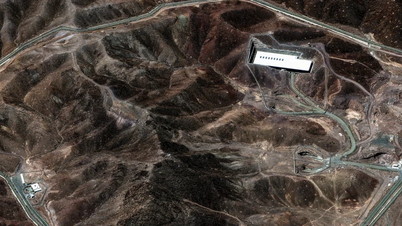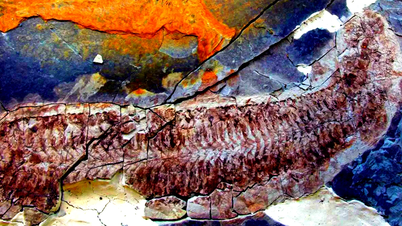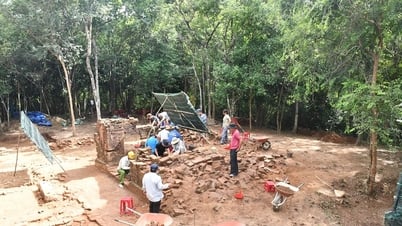Humanity has once again taken a giant step forward in its exploration of the cosmos. Scientists have just released the largest interactive map of the universe ever created, based on data from the James Webb Space Telescope (JWST) – the most advanced observational machine ever built by humans. This achievement is part of a large-scale survey project called COSMOS-Web, led by the California Institute of Technology (Caltech), to shed light on the formation and evolution of galaxies in the very young universe.
This extraordinary map covers an area of about 0.54 square degrees of sky – roughly three times the area of the full moon as seen from Earth. It contains more than 1.5 terabytes of data and captures images of thousands of astronomical objects, from stars to ancient galaxies that are up to 13.5 billion years old. Using the Near Infrared Camera (NIRCam) on the James Webb Space Telescope, researchers can see regions of space so distant that light from them takes billions of years to reach Earth – meaning we are looking at the earliest traces of the universe after the Big Bang.

The COSMOS-Web map captures images of thousands of astronomical objects, from stars to ancient galaxies dating back 13.5 billion years. Photo: NASA Science.
Another highlight of this map is its completely free interactive feature, allowing the public to freely access, explore and zoom in and out of areas of space using a web browser. Although users cannot currently look up specific galaxy names, the map still provides an intuitive and engaging experience thanks to the ability to flexibly switch between display modes such as RGB images or NIRCam images – helping viewers feel the grandeur and vitality of the universe like never before.
The public release of the map is not only a service to the scientific community, but also demonstrates a strong commitment to making astronomical knowledge available to the public. In the age of open data and digital technology , this project is a clear demonstration of the effective combination of cutting-edge scientific research and Internet technology to bridge the gap between knowledge and the public.
Since its launch in late 2021, the James Webb Space Telescope has continued to provide sharp images and valuable data about the universe. With this new interactive map, NASA’s flagship telescope continues to assert its central position in the mission to explore the origin and structure of the universe – a mission that has profound scientific significance and ignited the imagination and passion for exploration in millions of people around the world.
Source: https://khoahocdoisong.vn/cong-bo-ban-do-vu-tru-lon-nhat-lich-su-tu-james-webb-post1547681.html
































































































Comment (0)